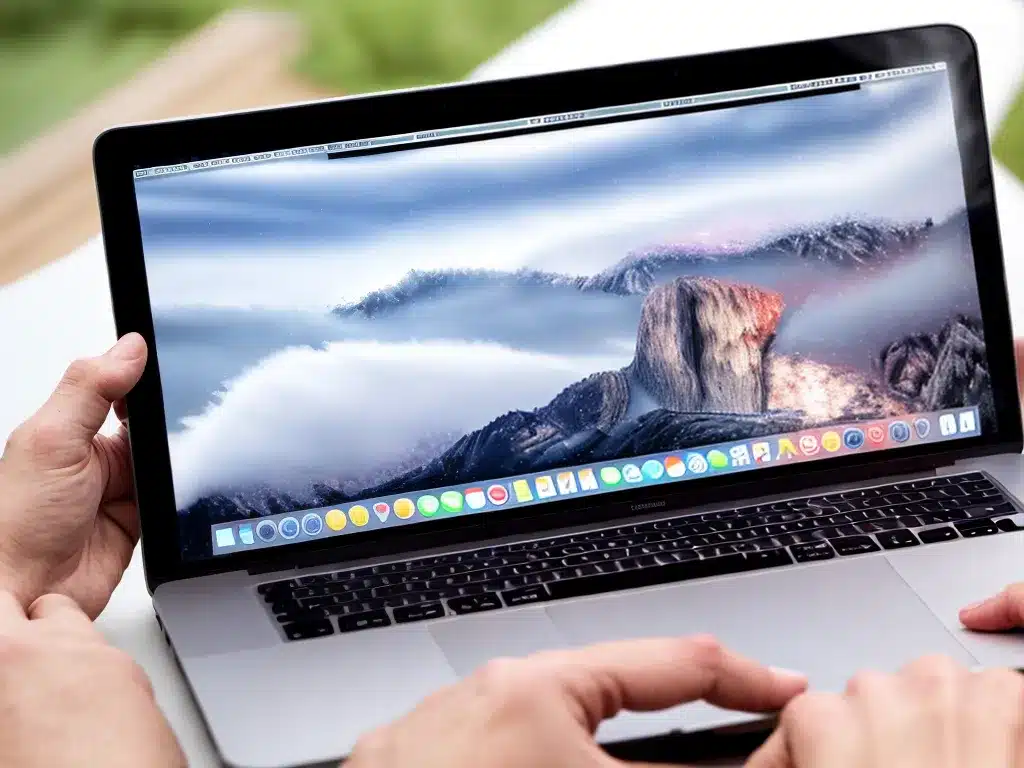
Why is Apple transitioning the Mac to ARM?
Apple is transitioning the Mac lineup from Intel x86 processors to ARM-based Apple Silicon for several key reasons:
-
Performance gains: ARM chips are more power efficient than x86, allowing for better performance without sacrificing battery life. Apple’s custom ARM chips for iOS devices have been industry-leading in performance per watt. Bringing this architecture to the Mac should result in significant speed improvements.
-
Tighter hardware/software integration: With Apple designing its own ARM chips and macOS, they can optimize them to work seamlessly together. This could allow for greater efficiency and new capabilities compared to using off-the-shelf Intel processors.
-
Platform consolidation: Using ARM for all Apple products – iOS, iPadOS, watchOS, and now macOS – allows them to share more components and code across devices. This should lead to faster, more unified updates across the ecosystem.
-
Control over roadmap: By controlling its own chip design, Apple doesn’t have to rely on Intel’s update cadence. This also gives them more flexibility to customize SoCs for Macs’ specific needs.
What will change for macOS with the switch to Apple Silicon?
The core macOS experience will remain largely the same with the transition to ARM. However, under the hood, there are some notable differences and changes:
Architecture Differences
-
Instruction set: ARM and x86 chips use different underlying instruction sets. Apple is including dynamic binary translation to enable ARM Macs to run existing x86/Intel apps.
-
Memory: ARM manages memory differently than x86. There are implications for how virtual memory, paging, and swapping work on ARM Macs that developers need to account for.
-
SoC design: Apple Silicon chips will integrate more components like I/O, security, and Neural Engine directly onto the main SoC. This contrasts with the mostly discrete chipsets of Intel Macs.
-
Efficiency cores: Newer ARM chips include high-performance and high-efficiency cores, allowing more granular load balancing compared to Intel designs. Apple will need to optimize macOS to leverage these capabilities fully.
macOS Adaptations
-
Rosetta 2: Apple’s new binary translator and runtime to allow Intel/x86 apps to run on ARM. It will be a seamless transition for most users.
-
Virtualization: The ARM architecture handles virtualization differently. Tools like Parallels and VMware for running x86 virtual machines will need to be updated.
-
Drivers: With the new SoC architecture, Apple has to rewrite drivers for hardware components like storage, graphics, security modules, etc. Existing Intel drivers won’t work.
-
Power efficiency: macOS will evolve to take better advantage of ARM’s power-saving capabilities for improved battery life. This involves chip-level optimizations as well as higher-level software changes.
What will the timeline be for the transition?
Apple states the transition to Apple Silicon will take about two years to complete:
-
The first ARM-based Mac launched in late 2020.
-
During 2021 and 2022, Apple will release multiple new Mac models with Apple Silicon.
-
Apple will continue supporting and releasing new Intel-based Macs for some portion of the two-year transition.
-
By 2022, the entire Mac product lineup is expected to fully transition to ARM.
-
Apple will continue providing Rosetta 2 for an unspecified length of time to enable compatibility with existing x86 apps during and after the transition.
The two-year timeline allows for a staged rollout that doesn’t suddenly obsolete the current Intel-based Macs. This gives developers time to update their apps while allowing users to upgrade on their own timeline. Overall, the transition takes time but should result in Macs that are faster, more power efficient, and benefit from tighter Apple integration.












